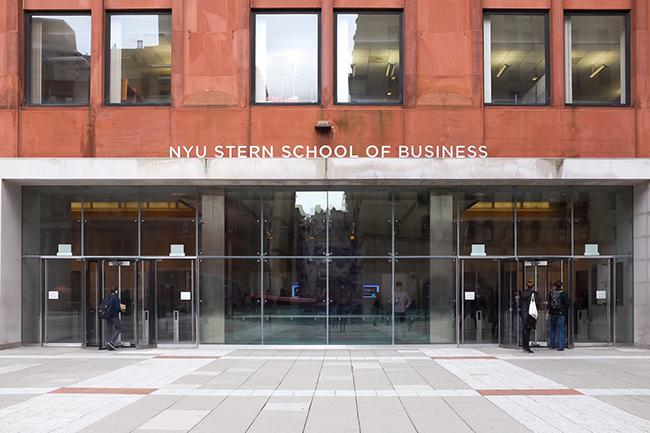The Names Behind NYU’s Buildings
Anti-Semitic remarks made by Elmer Bobst have prompted calls for the renaming of NYU’s library.
February 29, 2016
Students across the country are challenging their schools to revaluate the namesakes of their college buildings and programs. At NYU, revelations of Elmer Bobst’s anti-Semitic comments have led to calls for the renaming of Bobst. Yet despite this increased attention, the origins of NYU’s building and program names still remain largely unknown.
The Elmer Holmes Bobst Library was dedicated on Bobst’s 88th birthday, December 16, 1972, in honor of his $11 million donation ($62 million today) toward the library’s completion. Bobst, a businessman in the pharmaceutical industry, was an NYU trustee.
Controversy surrounded the building from the beginning of construction, but complaints had little to do with accusations against Bobst’s anti-Semitism. In fact, few people at the time knew of Bobst’s negative sentiments toward Jews. Instead, students protested the library’s $25 million cost ($141 million today), accusing NYU of damaging the quality of their education by firing professors and increasing class size while spending millions on building projects.
Names besides Bobst’s have also been influential in shaping NYU. The Tisch family, led by Laurence Tisch (NYU ’41), have been prolific beneficiaries of NYU. The Tisch School of the Arts, Tisch Hall and Tisch Hospital are results of $100 million donations from the Tisch family. The family of philanthropists has also donated hundreds of millions of dollars to charities including the United Jewish Appeals Federation of New York, 92nd Street Y and the Metropolitan Museum.
Two other prominent namesakes at NYU are Leonard Stern and Michael Steinhardt, who each gave around $30 million to NYU. Like the Tisch family, Stern and Steinhardt have also given millions to charitable causes.
Since most building and program names at NYU have come from large donations, very few names are those of people from working class backgrounds. In addition, as groups such as the Black and Brown Coalition have pointed out, very few names are from people of color.
Julius Silver, the namesake of the Silver Center, is a notable exception. Silver came from a poor family in Brooklyn and was able to attend Washington Square College, the old name of the College of Arts and Sciences, because of a $77.50 scholarship and a $100 loan (today worth $1,060 and $1,370 respectively). Silver eventually graduated from Columbia Law and made a living as a successful lawyer, making millions by investing early in Polaroid. Silver donated small amounts annually to NYU, ultimately leaving $150 million to his alma mater.
Many of the names that have made their way into NYU students’ lexicons reflect the wealth and prestige of the university’s biggest beneficiaries. Whether or not students agree with the university’s naming practices, it’s valuable to acknowledge the history behind the buildings and programs we call our own.
A version of this article appeared in the Feb. 29 print edition. Email Shiva Darshan at [email protected].
























































































































































